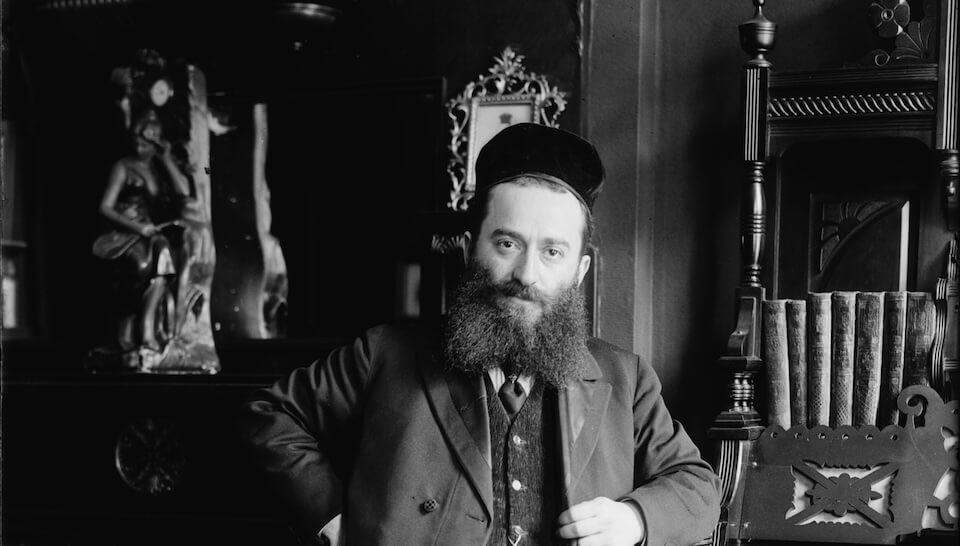Issachar Ber Ryback’s art is a revelation!

Graphic by Angelie Zaslavsky
On March 6, when the horror and shock of Russia’s invasion of Ukraine were still intensely fresh, the Forverts ran an article about Kropyvnytskyi-born Jewish artist Issachar Ber Ryback. I was instantly hooked by the accompanying image: an Old World Jewish craftsman, laboring in a candle-lit workshop.

Issachar Ber Ryback, “The Shoemaker” (1917) Image by Wikimedia Commons
When I began to read through the Yiddish text on my phone, the first illustration in the article – Ryback’s “Old Synagogue” (1917) – was off the bottom of the screen. With one finger-swipe, I brought that painting into view – and my life changed. Although I know European art well (I’ve worked in the art history department at Brandeis for nearly 25 years) and have been studying Yiddish for over three years, I simply never gave much thought to Yiddish-speaking painters. Of course I know Marc Chagall, who was actually a cousin of some kind on my mother’s side, and I was aware of a handful of other pre-World War II Jewish artists; but that first sight of Ryback’s synagogue portrait, with its tortured, angular bulk dramatically silhouetted against a shattered white sky, was a revelation. Who was this artist? What else did he create? I began looking up his work on Google and sharing images together with excited commentary on Facebook.

“Old Synagogue” (1917) Image by Issachar Ber Ryback
Partly thanks to suggestions from friends, I began discovering more artists’ names – familiar to people who know Jewish visual culture, but completely new to me. In less than a month, learning about art created by Yiddish-speakers has leapt from the sidelines to center field. These painters and printmakers – men and women, from all over the Yiddish world – must have written letters, journal articles and books about art, and reviewers for Yiddish newspapers and magazines must have discussed their work. The possibility of translating some of this material into English is enticing. Visual Yiddishkayt is still a dazzling blur, but I can’t wait to see what else I might discover in the months and years ahead.





















